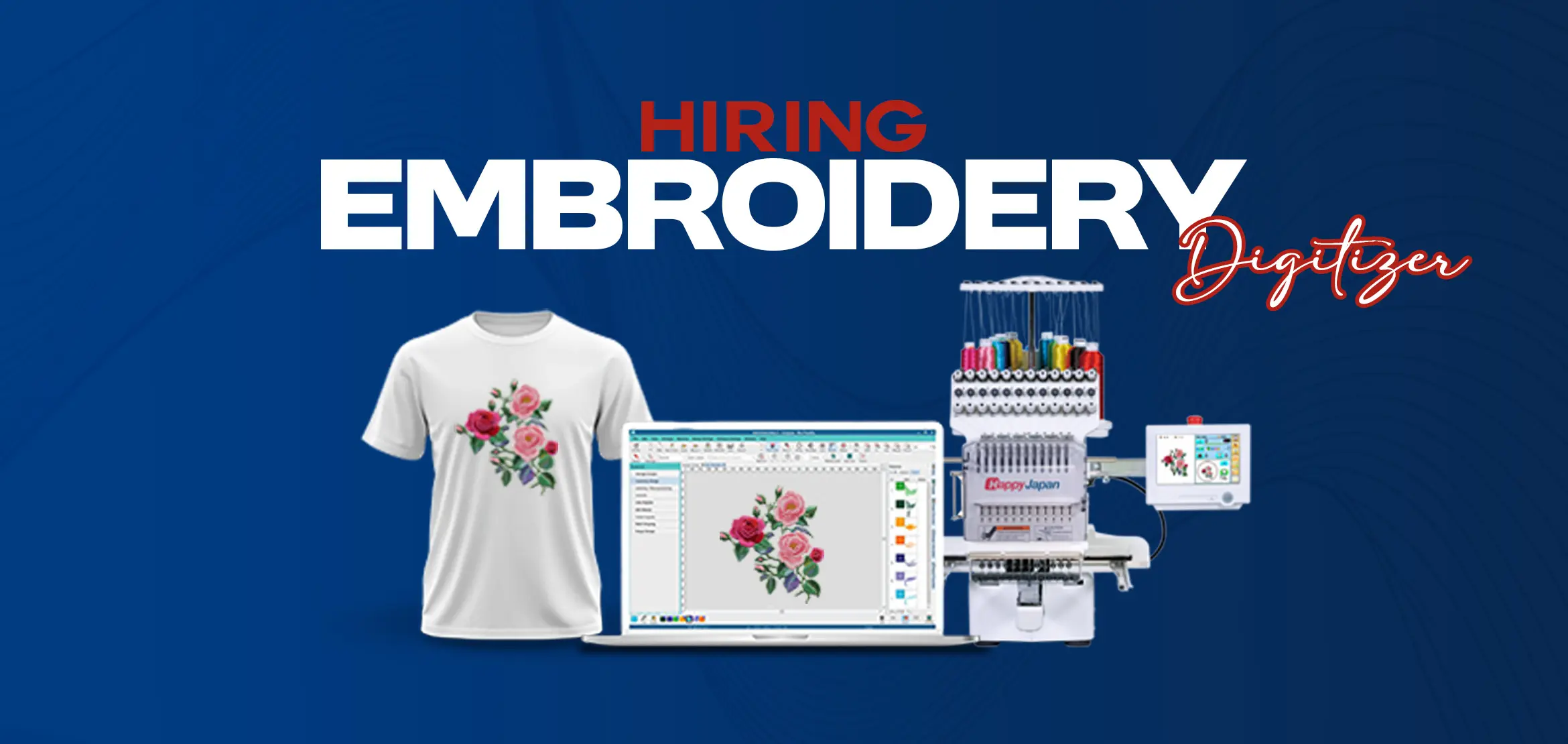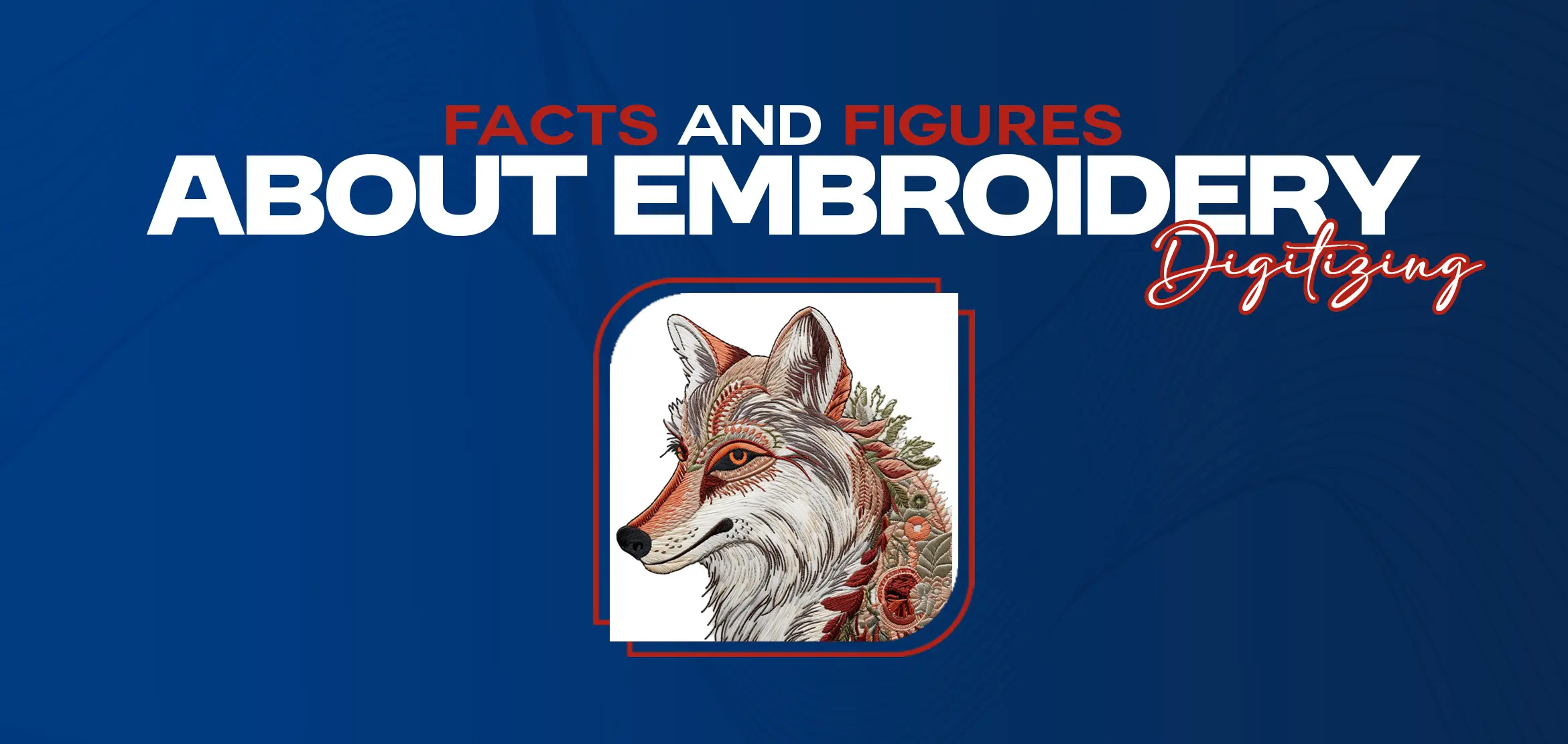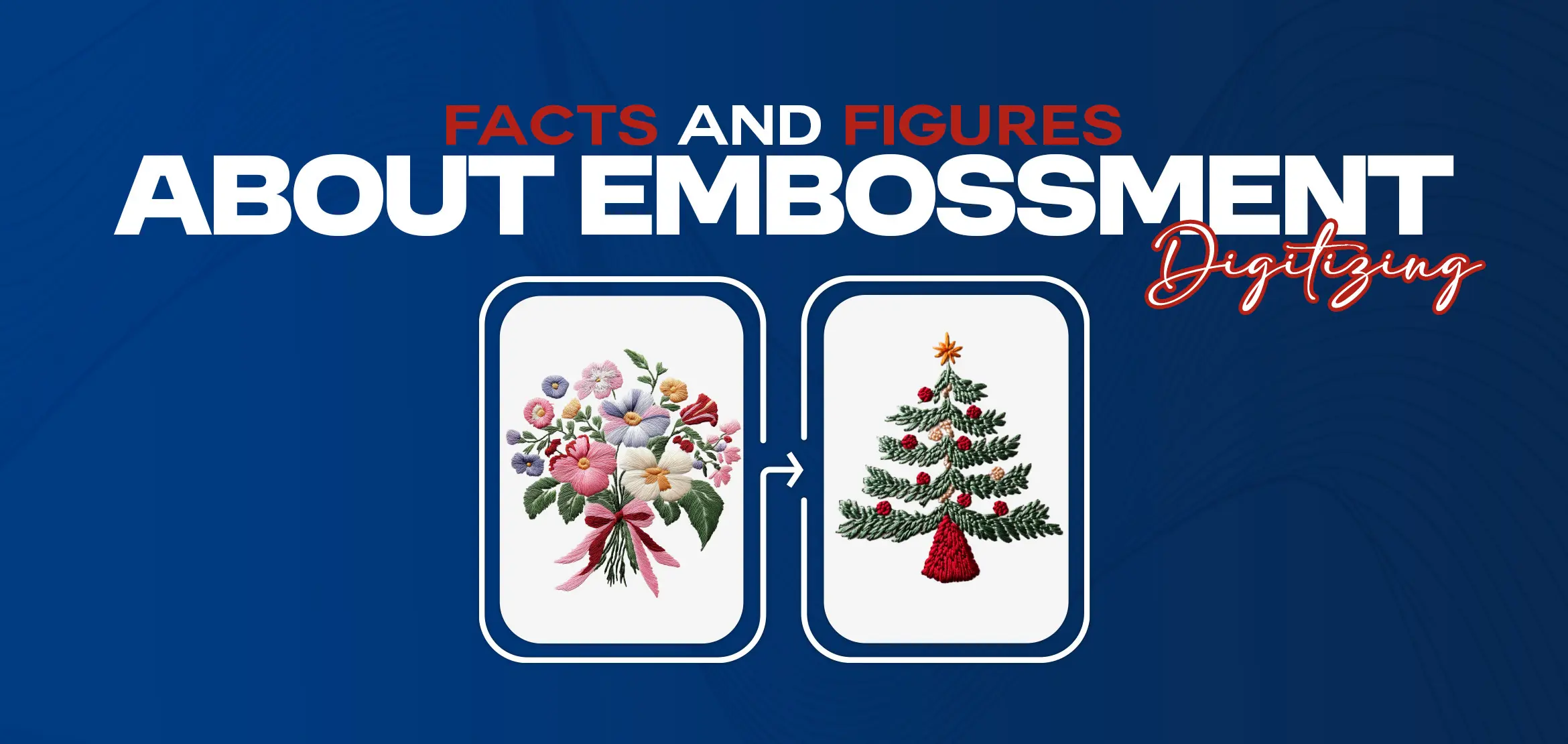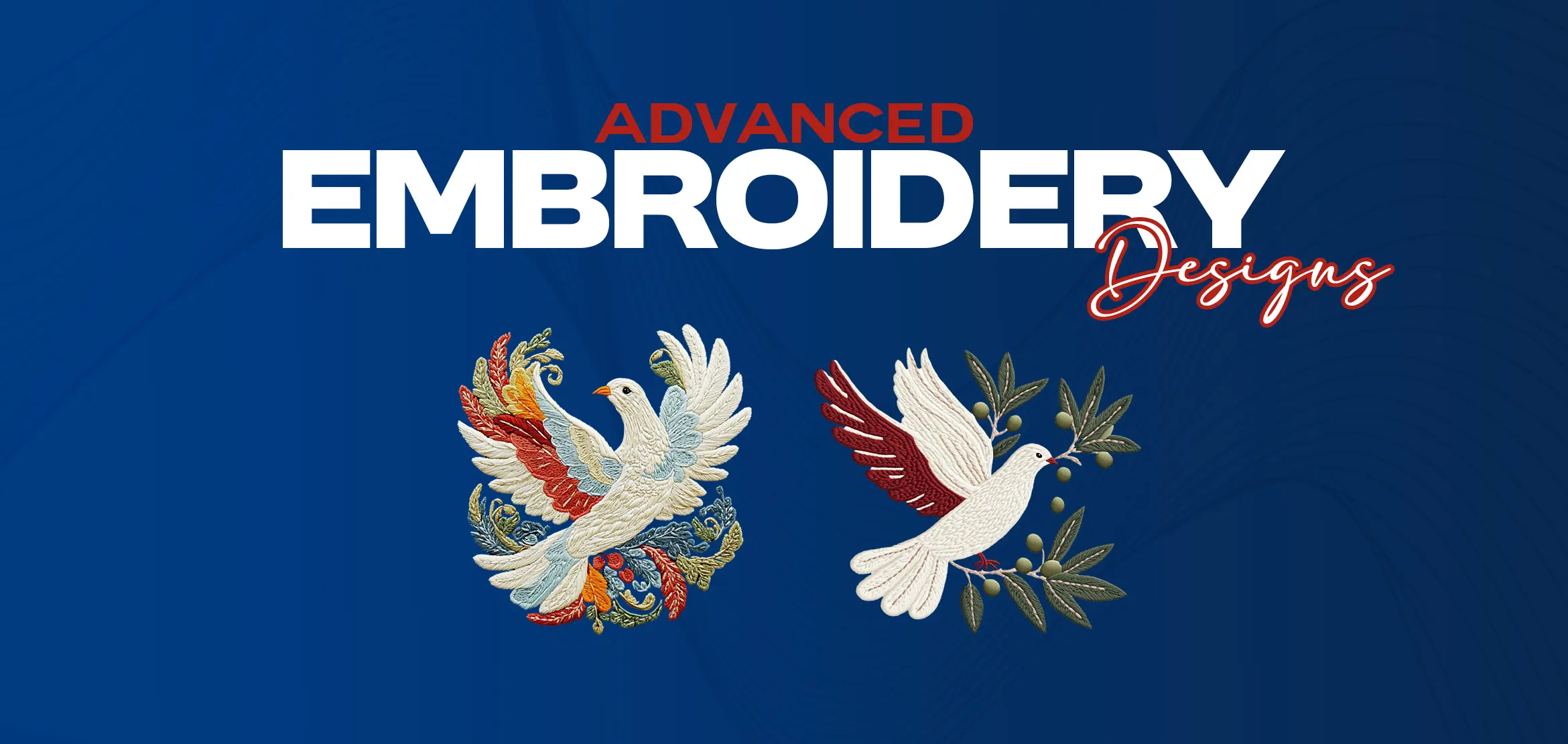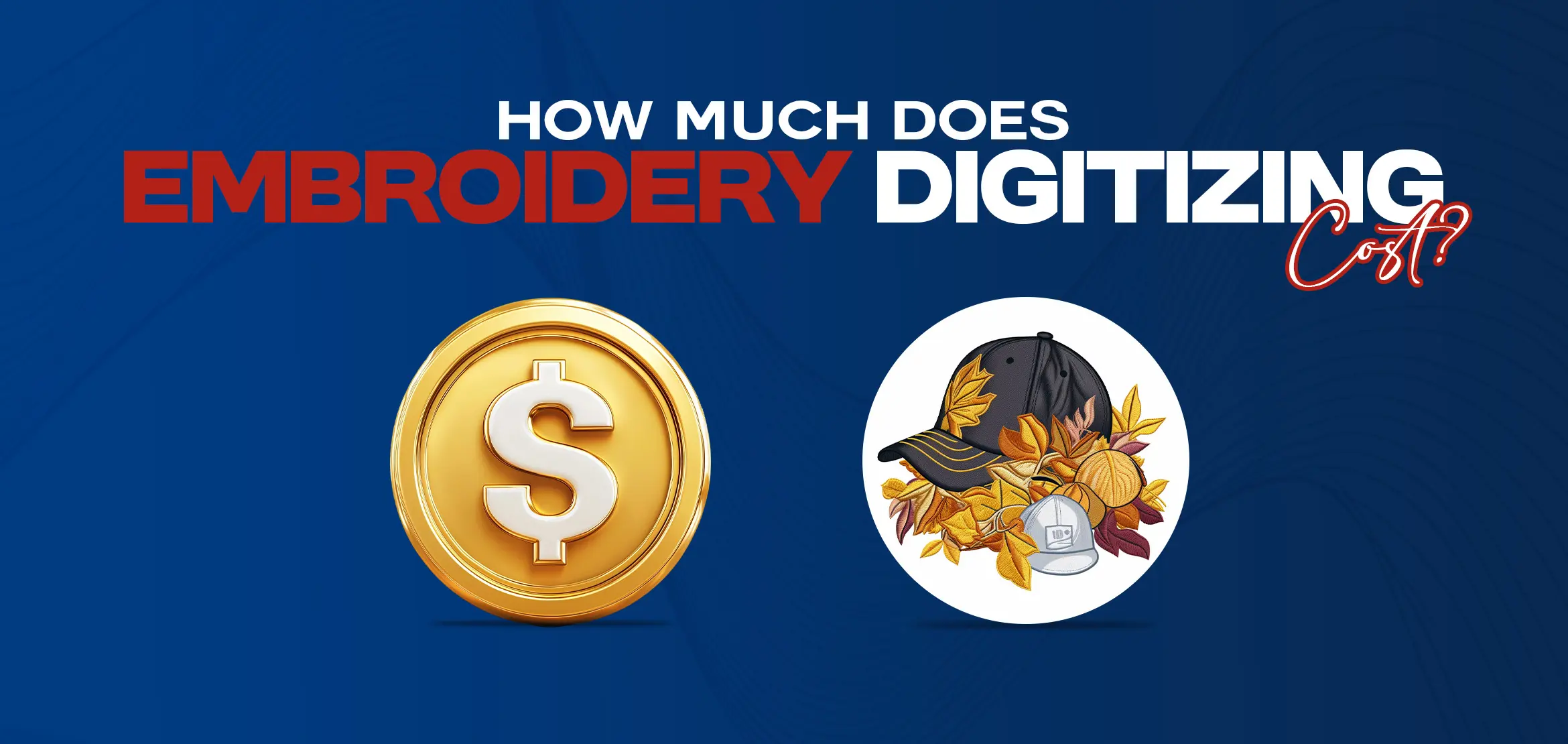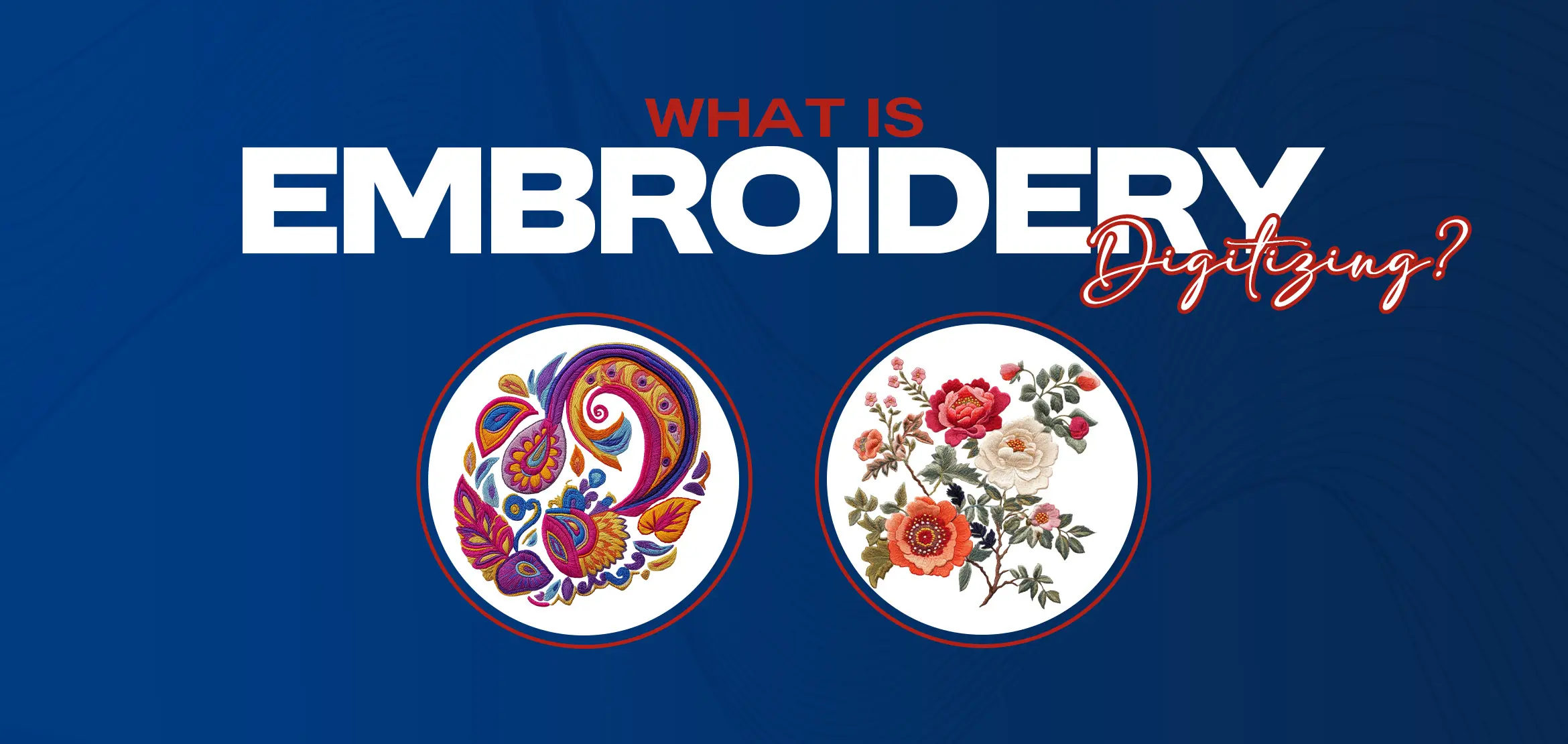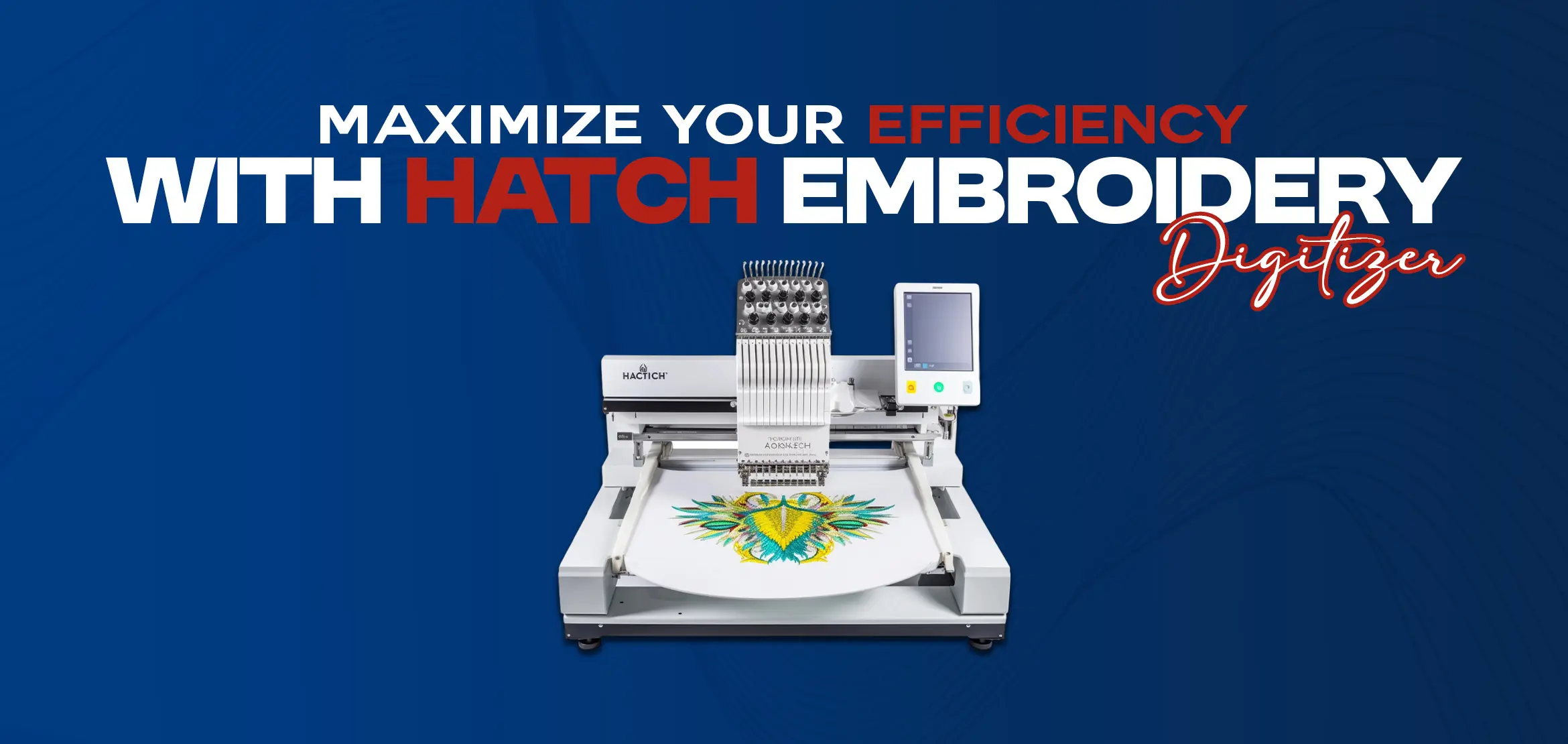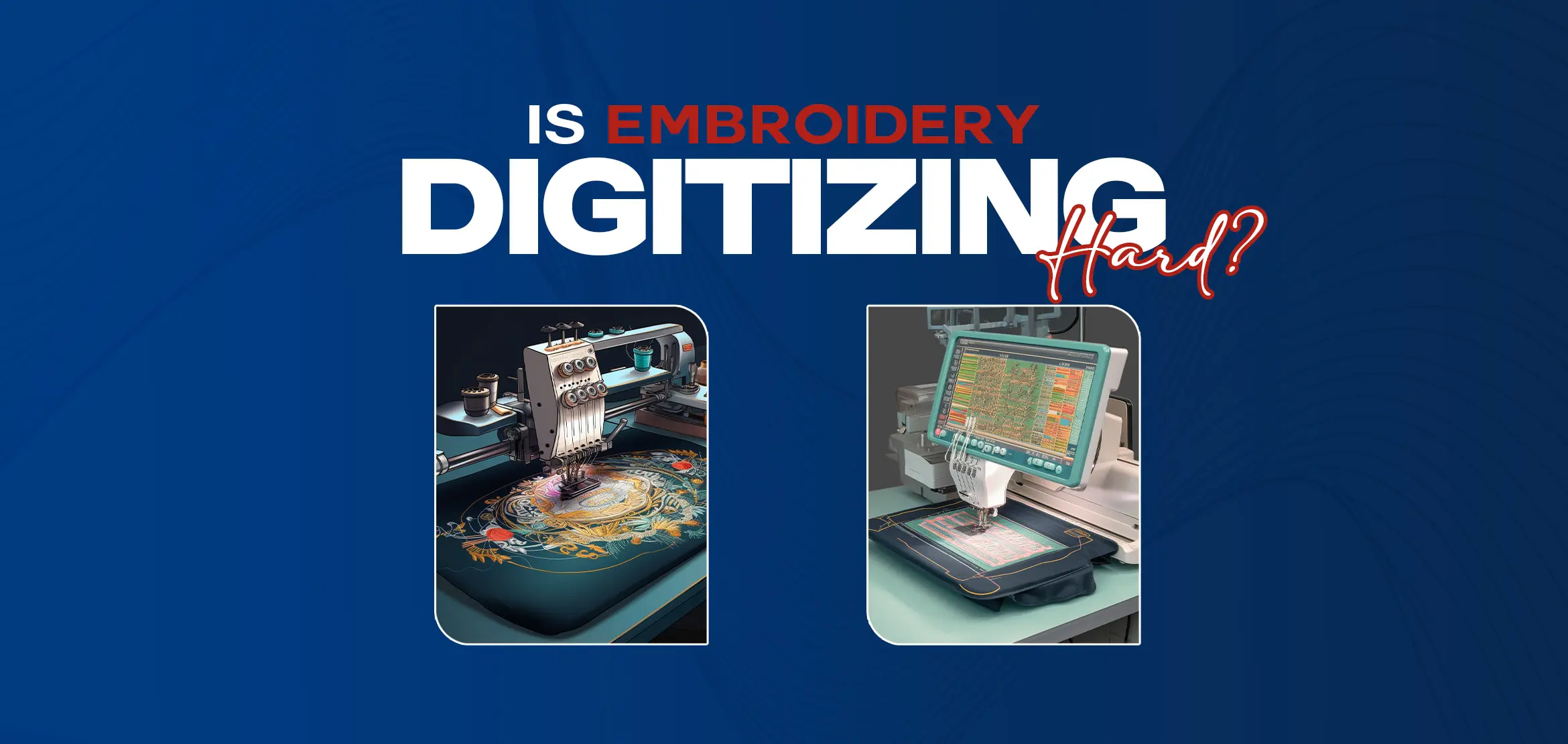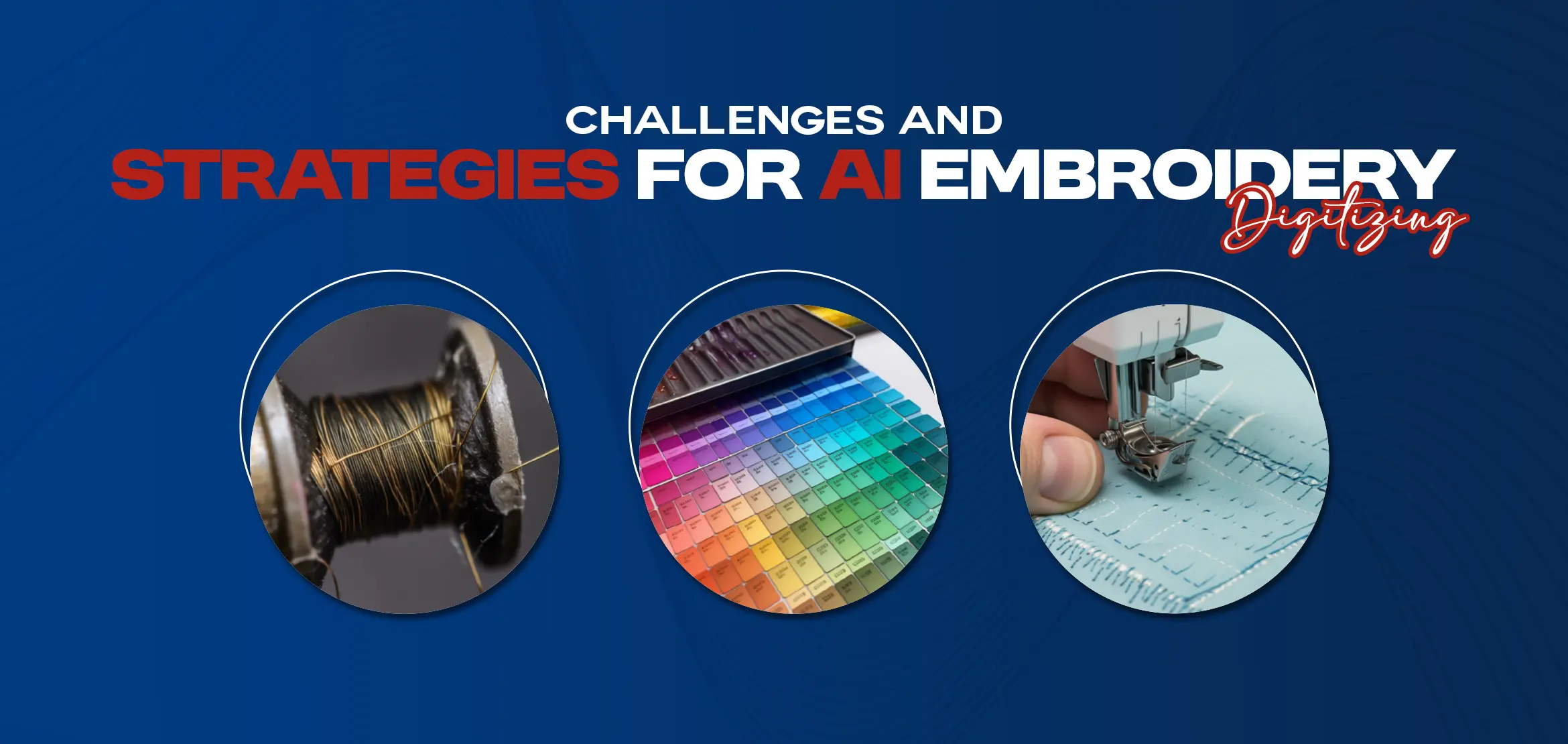
Challenges and Strategies for AI Embroidery Digitizing
Table Of Content
- Familiar Challenges in AI Embroidery Digitizing
- Complexness of Intricate Designs
- Quick Fix
- Thread Breakage Problems
- Quick Fix
- Stitch Density Management
- Quick Fix
- Fabric Warping and Puckering
- Quick Fix
- Color Blending and Gradient Challenges
- Quick Fix
- Machine Compatibility Problems with AI Digitized Designs
- Quick Fix
- Limited File Format
- Quick Fix
- Scaling and Resizing Issues
- Quick Fix
- Digitizing Software Experience Curve
- Quick Fix
- Maintaining Design Consistency Across Different Fabrics
- Quick Fix
- Conclusion
- Frequently Asked Questions
- Can AI digitize for embroidery?
- Can Illustrator digitize for embroidery?
- What is the easiest digitizing software for embroidery?
- Is embroidery digitizing profitable?
- Is embroidery an expensive hobby?
AI embroidery digitizing has changed how designs are converted into stitch files, making the process faster and more efficient. Yet, like any technology, it comes with its challenges. From solving intricate designs to managing stitch density and fabric compatibility, AI sometimes stumbles to deliver perfect results.
We’ll analyze the daily challenges in digitizing embroidery and provide practical tips to overcome them, ensuring high-quality and professional embroidery every time. A key point to remember is that only experienced digitizers can deliver perfect embroidery results.
Familiar Challenges in AI Embroidery Digitizing
AI has transformed embroidery digitizing, making it faster and more accessible. However, some challenges can impact the quality and efficiency of machine embroidery. Below are some critical topics that occur during AI embroidery:
Complexness of Intricate Designs
Thread Breakage Problems
Stitch Density Management
Fabric Warping and Puckering
Color Blending and Gradient Challenges
Machine Compatibility Problems
Limited File Format
Scaling and Resizing Issues
Digitizing Software Experience Curve
Maintaining Design Consistency Across Different Fabrics
Complexness of Intricate Designs
Automatic embroidery digitizing struggles with highly-complex patterns, such as small lettering, detailed artwork, and thin lines. The challenge is that every stitch is accurately placed to copy the original design without distortion. AI may not always recognize the best stitch type, direction, or sequence, leading to gaps or misaligned parts in the final embroidery. The best option is to opt for experienced digitizing services.
Quick Fix
Manually modify complex areas by refining stitch density and directions.
Utilize high-quality vector files for better AI performance.
Select suitable stitch types for fine details, such as satin or split stitches for small text.
Thread Breakage Problems
Thread breakage is an everyday issue in AI embroidery digitizing, mainly when the embroidery design software generates extreme stitch density or incorrect thread paths. It can disrupt embroidery production, affecting both efficiency and the final output quality.
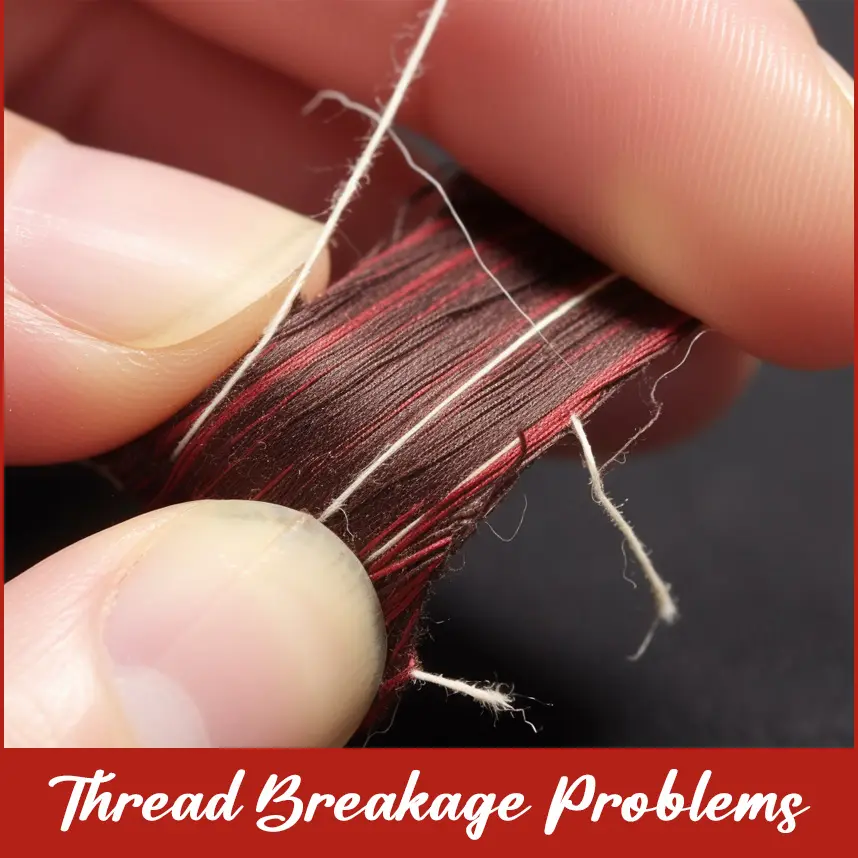
Quick Fix
Improved stitch density can help avoid undue layering.
Use high-quality threads and provide proper machine maintenance.
Check thread tension, needle sharpness, and bobbin quality.
Reconsider AI-generated designs manually to adjust thread paths and minimize sharp angles.
Stitch Density Management
.webp)
Inaccurate stitch density can cause stiffness, thread breakage, or fabric puckering. AI-generated designs sometimes create excessive stitch overlap, making the fabric too thick to handle.
Quick Fix
Preview and test stitch optimization with AI before finalizing the design.
Use appropriate underlay stitches to stabilize the fabric.
Adjust density settings in digitizing software for better stitch coverage.
Fabric Warping and Puckering
.webp)
Flexible or light fabrics can distort during embroidery. AI may not change for fabric type, causing puckering and misalignment. But with the digitizer this issue will occur at minimum or zero turns.
Quick Fix
Select the right stabilizer to support the fabric and prevent movement.
Change pull balance settings in digitizing software to accommodate fabric stretch.
Test runs on similar fabrics should be conducted before final production.
Color Blending and Gradient Challenges
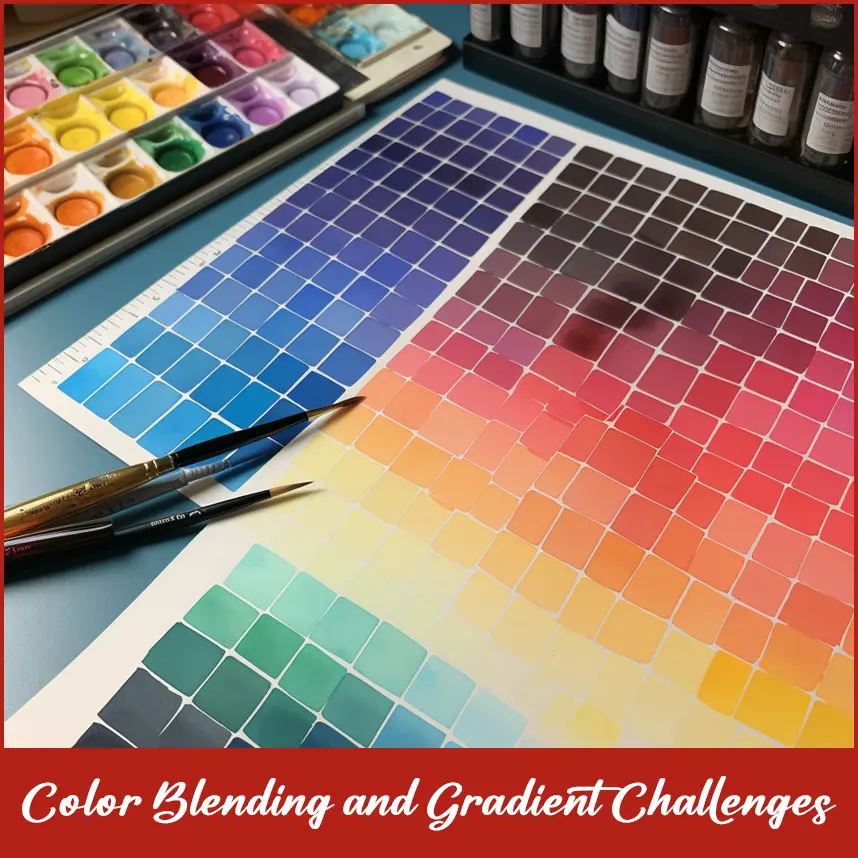
AI-driven embroidery patterns have difficulty copying color gradients accurately. Unlike digital printing, embroidery depends on threads, and achieving smooth color transitions requires advanced blending techniques. And a human touch will make it even greater and more precise to copy color gradients.
Quick Fix
Utilize a variety of different thread colors and stitch angles.
Use blending techniques like step fills and overlaying stitch patterns for a natural transition.
Machine Compatibility Problems with AI Digitized Designs
Not all embroidery machines are compatible with AI digitized designs. Some AI designs may lead to errors when uploading. Whereas a professional digitizer will make a perfect embroidery digitized designs. DigitizingUSA is experienced and provides the best embroidery digitized designs.
Quick Fix
Provide the digitized file in the correct embroidery file formats supported by the embroidery machine.
Convert files using digitizing software if necessary.
Always check machine specifications before finalizing the digitized design.
Limited File Format
AI-generated embroidery designs may not always be in the required file format, leading to compatibility, resizing, and stitch accuracy issues. Provide compatible file format of your design and DigitizingUSA will make the best embroidery designs according to your needs.
Quick Fix
Employ professional digitizing software to convert AI-generated designs into machine-readable formats like DST, PES, or EXP.
Double-check file details and ensure no data loss occurs during conversion.
Scaling and Resizing Issues
Resizing AI embroidery and digitizing customized designs can cause distortions, especially in fine details and text. If a design is scaled too much, stitch density may become unbalanced, affecting quality. A skilled digitizer will adjust stitch types, lengths, and densities to suit the new scale, ensuring the design maintains its virtue.
Quick Fix
Manually adjust stitch settings when resizing.
Use stitch recalculation features in digitizing software to maintain consistent stitch density.
Digitizing Software Experience Curve
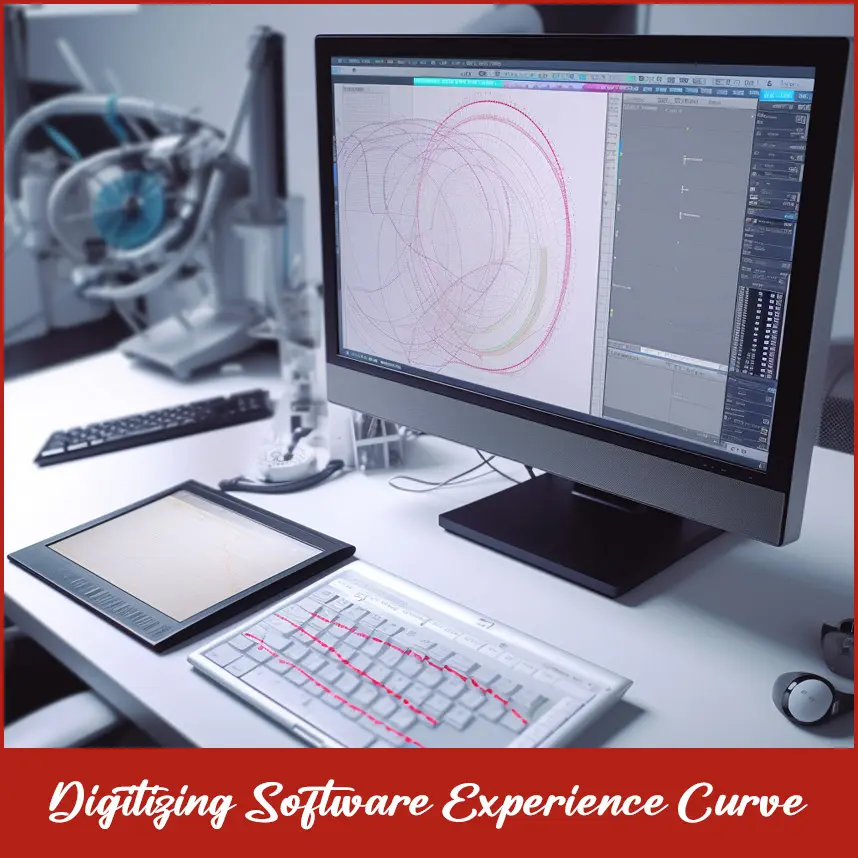
Many AI tools for embroidery require a learning curve, and users must understand how to optimize AI-generated designs to achieve the best results.
Quick Fix
Invest time in learning digitizing software features.
Take training courses or refer to tutorials to improve your knowledge.
Maintaining Design Consistency Across Different Fabrics
A perfect design on one fabric may not work well on another. AI may not automatically adjust stitch settings based on fabric type, leading to inconsistencies.
Quick Fix
Test embroidery plans on multiple fabric types before final production.
Adjust stitch type, underlay, and stabilizer settings based on the fabric’s characteristics.
Use machine embroidery settings that match the fabric’s texture and stretch properties.
Conclusion
Even with AI embroidery digitizing speeding up the process, precision remains a hurdle. AI often struggles with small details, stitch density, and adapting to varied fabrics, necessitating manual tweaks to get things right. Mistakes in digitizing—like distorted shapes, inconsistent stitching, or fabric puckering—still pop up, and fixing them demands human expertise. However, manually correcting these designs can eat up hours of time and effort, which isn’t always practical. Going to an expert digitizer can save the hassle and deliver a polished result without the grind.
Frequently Asked Questions
Can AI digitize for embroidery?
No, AI cannot fully digitize embroidery. AI can convert images into stitch files, it struggles with complex details, stitch density, and fabric adjustments. Manual editing is required to achieve the best results.
Can Illustrator digitize for embroidery?
Adobe Illustrator may be used to create digital images on your computer and convert them to embroidery on fabric.
What is the easiest digitizing software for embroidery?
The easiest embroidery design software to use for digitizing is Ricoma's Chroma since it offers automated digitizing features.
Is embroidery digitizing profitable?
Yes, embroidery is profitable. Some say it's lucrative. With a vast market demand, starting a business in the area provides a rewarding experience.
Is embroidery an expensive hobby?
Embroidery can range from affordable to costly, mainly depending on factors such as the complexity of the design, the materials used, and whether you choose hand or machine techniques.

